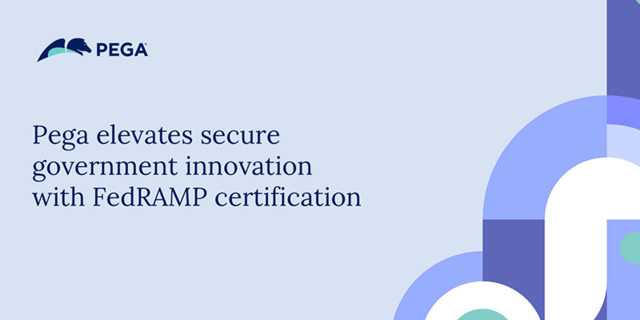
Copied!
Filters

Chiara Gelmini
Is your client lifecycle management strategy ready for the future of CLM?

Scott Niejadlik
Experience the future: An immersive and interactive Innovation Hub awaits

Kris Brewitt
We are entering the era of agentic workflows

Cas Skuqi
Why Agentic AI demands a new strategic approach

Cas Skuqi
5 myths about agentic AI that are holding your enterprise back

Stephanie Hawkins
The missing ingredient: Why orchestration is the key to success with AI agents

Doug Averill
Pega elevates secure government innovation with FedRAMP certification

Sammy Bell | Rebecca Trivella
How many personalization brains should you have?

Zuwana Johnson
Rooted in innovation: Pioneering beyond the possible

Annette Kerlin
The executive sponsor's playbook: Driving marketing transformation with vision, value, and velocity

Tara DeZao
The case for end-to-end AI-powered marketing solutions over stand-alone point solutions

Sean Callahan
The AI-driven approach to breaking free from legacy systems

Kylee Souders
Advance your career at PegaWorld: Pega hands-on learning awaits

Matthew Camuso
5 game-changing ways one-to-one customer engagement boosts your business

Taylor Schifino
Career comebacks: Inspiring journeys with Pega's Return-to-Work Program

Cas Skuqi
Reimagining work with AI agents: Enabling a more collaborative workplace

Robert Connely
Promoting better outcomes: The anatomy of healthcare technology

Scott Andrick
